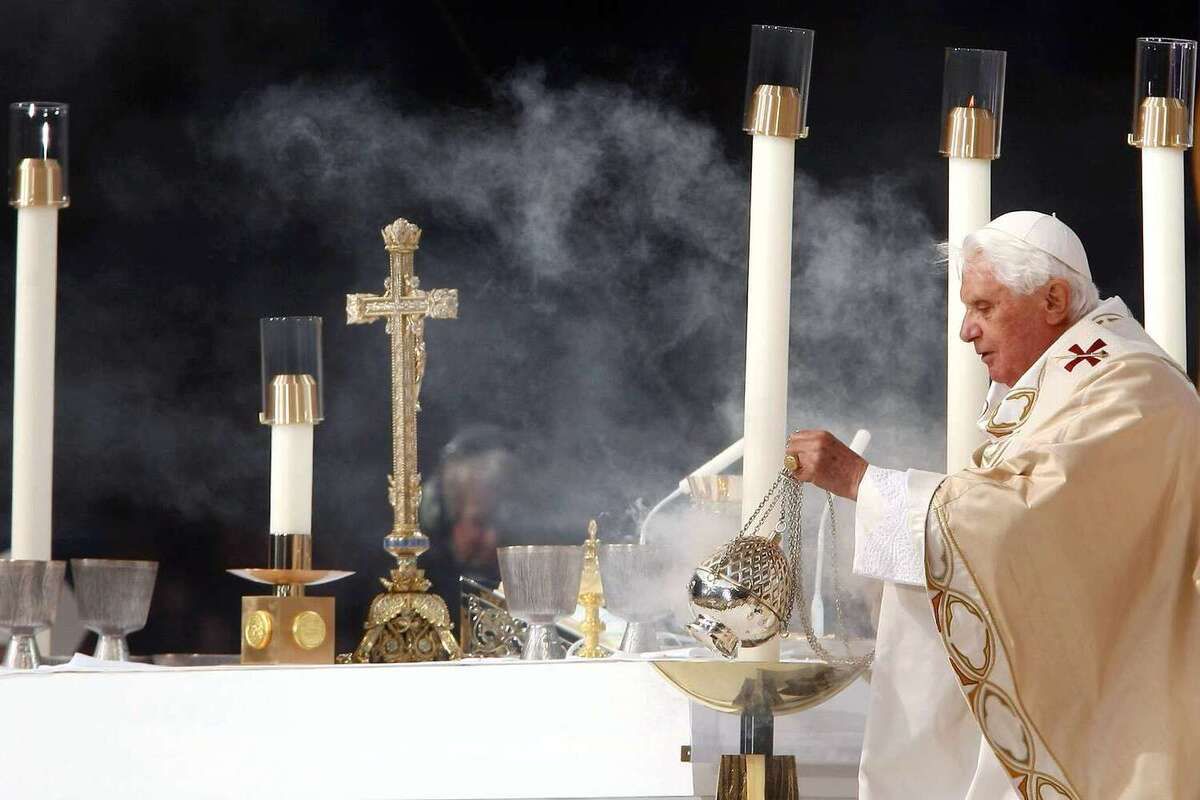
Novus Ordo is a term that sparks curiosity and debate among many. But what exactly is it? Novus Ordo refers to the "New Order" of the Roman Catholic Mass, introduced by Pope Paul VI in 1969. This modern liturgy replaced the traditional Latin Mass, aiming to make the service more accessible and engaging for the congregation. Why was this change significant? It marked a shift towards inclusivity, allowing the Mass to be celebrated in local languages rather than Latin. This move aimed to foster a deeper connection between worshippers and their faith. Curious about more details? Let's dive into 20 intriguing facts about Novus Ordo that will shed light on its history, impact, and ongoing relevance.
What is Novus Ordo?
Novus Ordo, Latin for "New Order," refers to the Mass of Paul VI, the form of the Roman Rite of the Catholic Church. Introduced in 1969, it marked a significant shift in how Mass was celebrated. Here are some intriguing facts about Novus Ordo.
-
Pope Paul VI introduced Novus Ordo in 1969. This new form of Mass aimed to make the liturgy more accessible and understandable to the congregation.
-
The Mass is celebrated in the vernacular language. Unlike the traditional Latin Mass, Novus Ordo allows the use of local languages, making it easier for people to participate.
-
The priest faces the congregation. In Novus Ordo, the priest faces the people during the liturgy, fostering a sense of community and engagement.
-
Laypeople can read scriptures. Novus Ordo permits laypeople to read the first and second readings, involving the congregation more actively in the service.
-
The sign of peace is included. This gesture, where congregants shake hands or offer a sign of peace, was introduced to promote unity and fellowship.
Changes in Liturgical Practices
The introduction of Novus Ordo brought several changes to liturgical practices. These modifications aimed to enhance the spiritual experience and make the Mass more inclusive.
-
The altar was moved closer to the congregation. This change symbolized the closeness of the Church to its people.
-
Use of modern music. Novus Ordo allowed for contemporary hymns and music, making the liturgy more relatable to modern congregants.
-
Simplified rites. The rites and rituals were simplified to make them more understandable and less cumbersome.
-
Increased participation of laypeople. Laypeople were given more roles, such as Eucharistic ministers and lectors, fostering a sense of community involvement.
-
Introduction of the Prayer of the Faithful. This prayer allows the congregation to offer petitions and prayers for various needs and intentions.
Impact on the Catholic Church
The introduction of Novus Ordo had a profound impact on the Catholic Church, influencing its practices and the way congregants experienced Mass.
-
Greater emphasis on scripture. Novus Ordo placed a stronger focus on the reading and interpretation of scripture during Mass.
-
Encouragement of active participation. The new form of Mass encouraged congregants to actively participate rather than passively observe.
-
Promotion of ecumenism. Novus Ordo aimed to bridge gaps between different Christian denominations by making the liturgy more inclusive.
-
Increased attendance. The changes made Mass more appealing to a broader audience, leading to increased attendance in many parishes.
-
Enhanced sense of community. The new practices fostered a stronger sense of community and belonging among congregants.
Controversies and Criticisms
Despite its many benefits, Novus Ordo has faced its share of controversies and criticisms. Some traditionalists believe that the changes diluted the sacredness of the Mass.
-
Criticism from traditionalists. Some traditional Catholics argue that Novus Ordo lacks the solemnity and reverence of the traditional Latin Mass.
-
Debate over language use. While many appreciate the use of vernacular languages, others feel that Latin should remain the universal language of the Church.
-
Concerns about modern music. Some critics believe that contemporary music detracts from the sacredness of the liturgy.
-
Disagreement over priest's orientation. The change in the priest's orientation during Mass has sparked debate, with some preferring the traditional ad orientem position.
-
Varied implementation. The way Novus Ordo is celebrated can vary widely from parish to parish, leading to inconsistencies in the liturgical experience.
Final Thoughts on Novus Ordo
Novus Ordo, Latin for "New Order," represents a significant shift in the Roman Catholic Church's liturgical practices. Introduced by Pope Paul VI in 1969, this form of the Mass aimed to make the liturgy more accessible and engaging for the laity. Key changes included the use of vernacular languages instead of Latin, the priest facing the congregation, and increased participation from the congregation. These modifications sought to foster a deeper connection between the faithful and the sacred rites.
While some traditionalists prefer the Tridentine Mass, many appreciate the inclusivity and relevance of Novus Ordo. This liturgical form continues to evolve, reflecting the dynamic nature of faith and worship. Understanding these facts about Novus Ordo helps appreciate its role in modern Catholicism, bridging tradition and contemporary practice. Whether you're a devout Catholic or just curious, these insights offer a glimpse into the heart of the Church's ongoing journey.
Was this page helpful?
Our commitment to delivering trustworthy and engaging content is at the heart of what we do. Each fact on our site is contributed by real users like you, bringing a wealth of diverse insights and information. To ensure the highest standards of accuracy and reliability, our dedicated editors meticulously review each submission. This process guarantees that the facts we share are not only fascinating but also credible. Trust in our commitment to quality and authenticity as you explore and learn with us.


